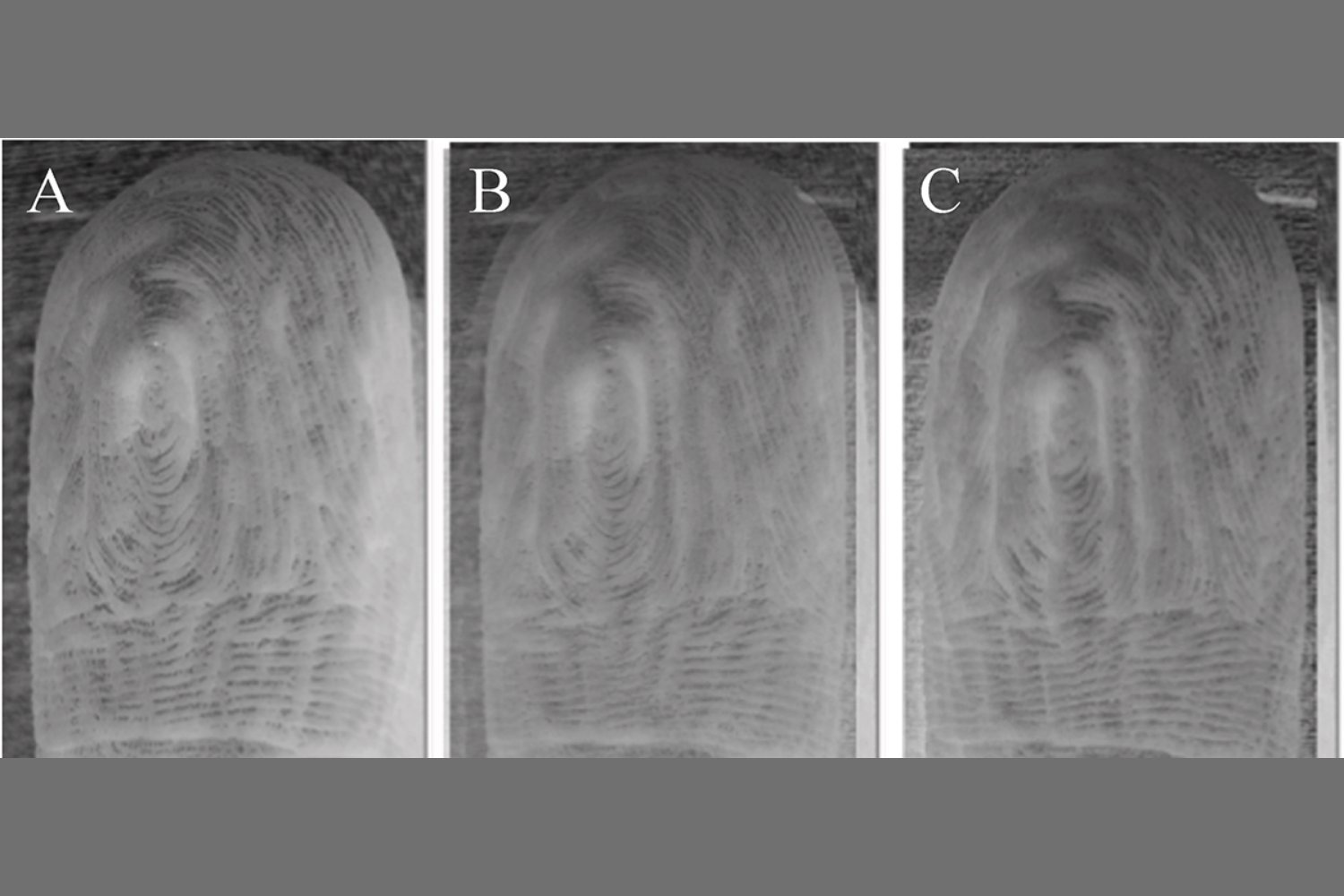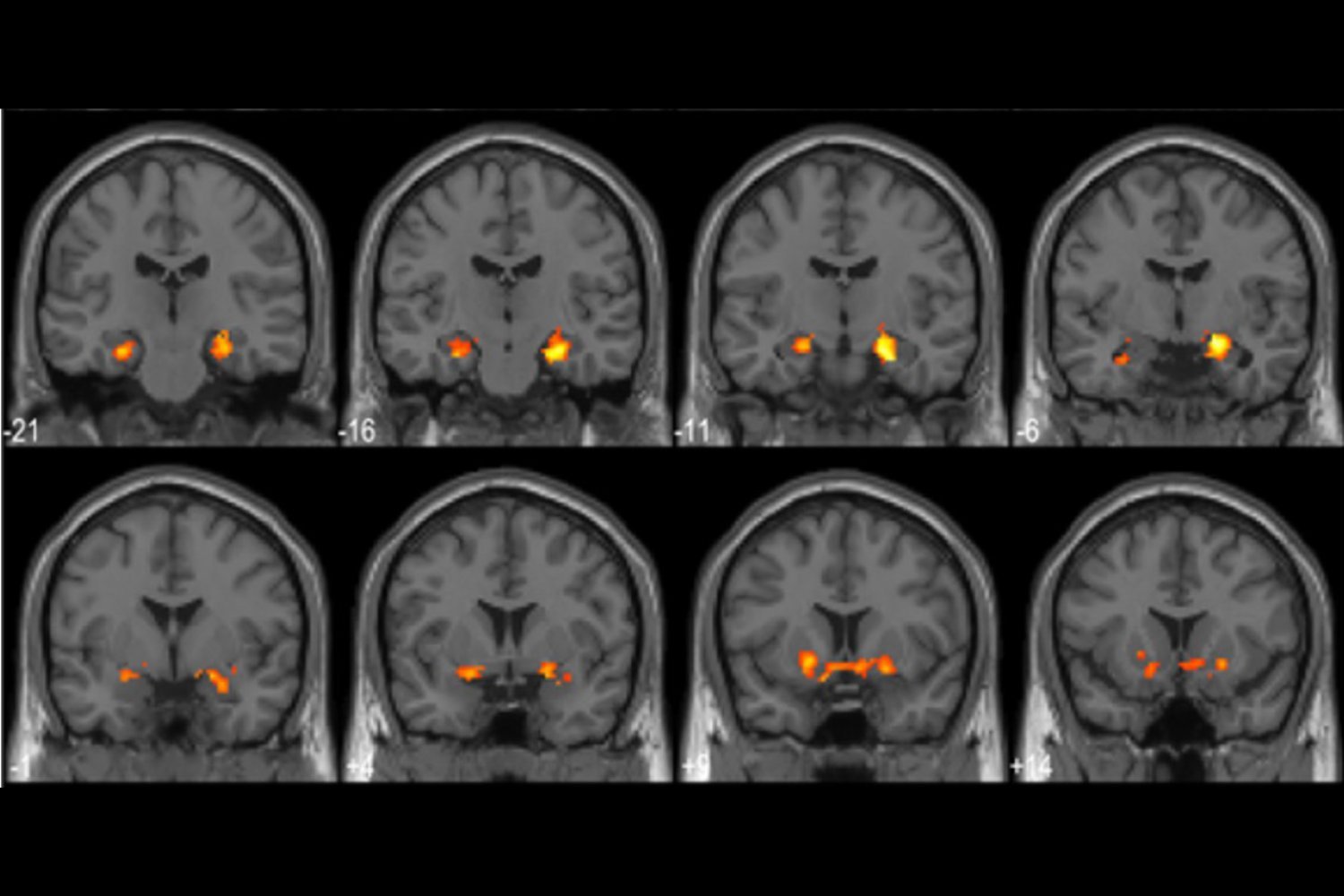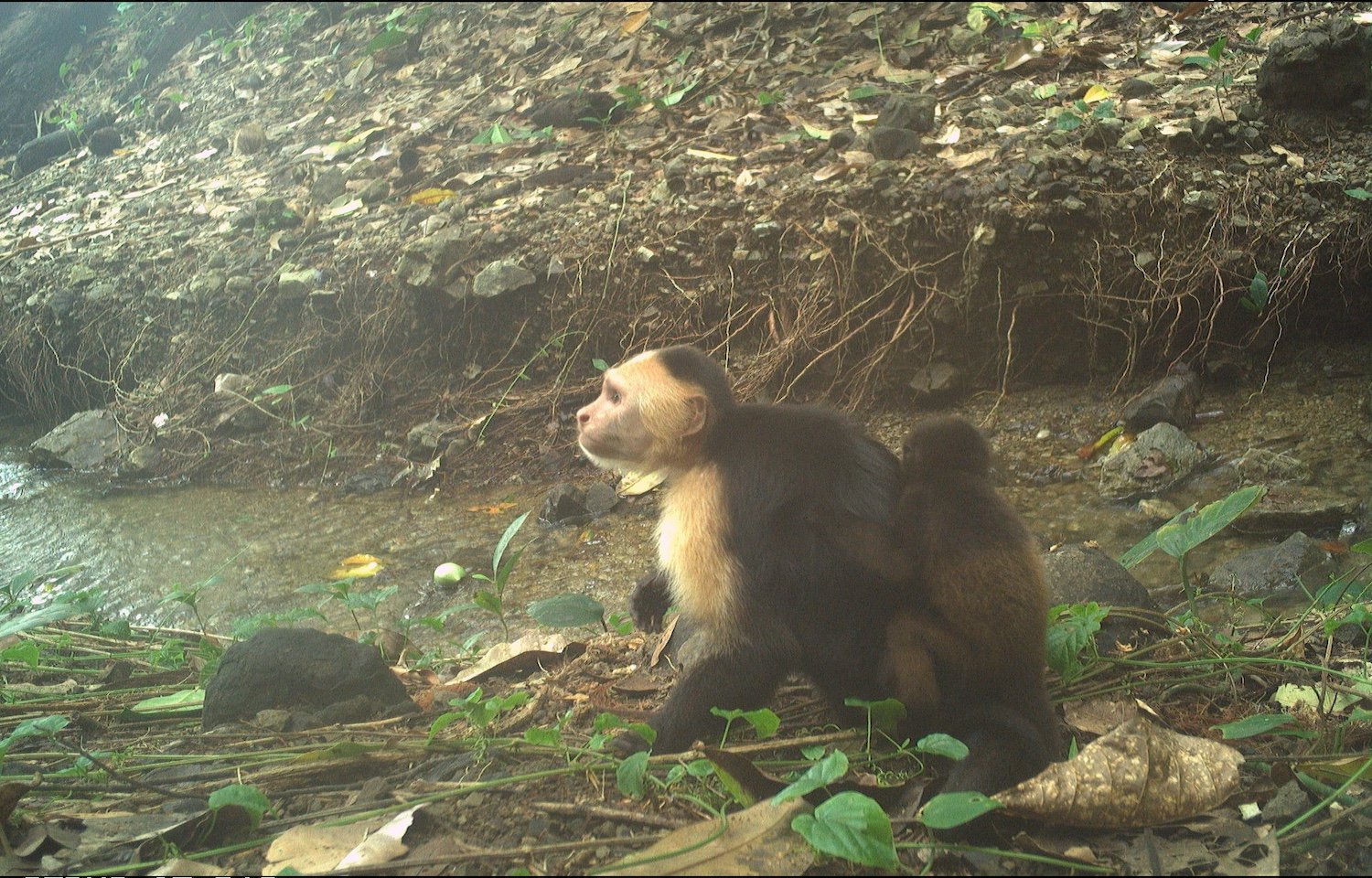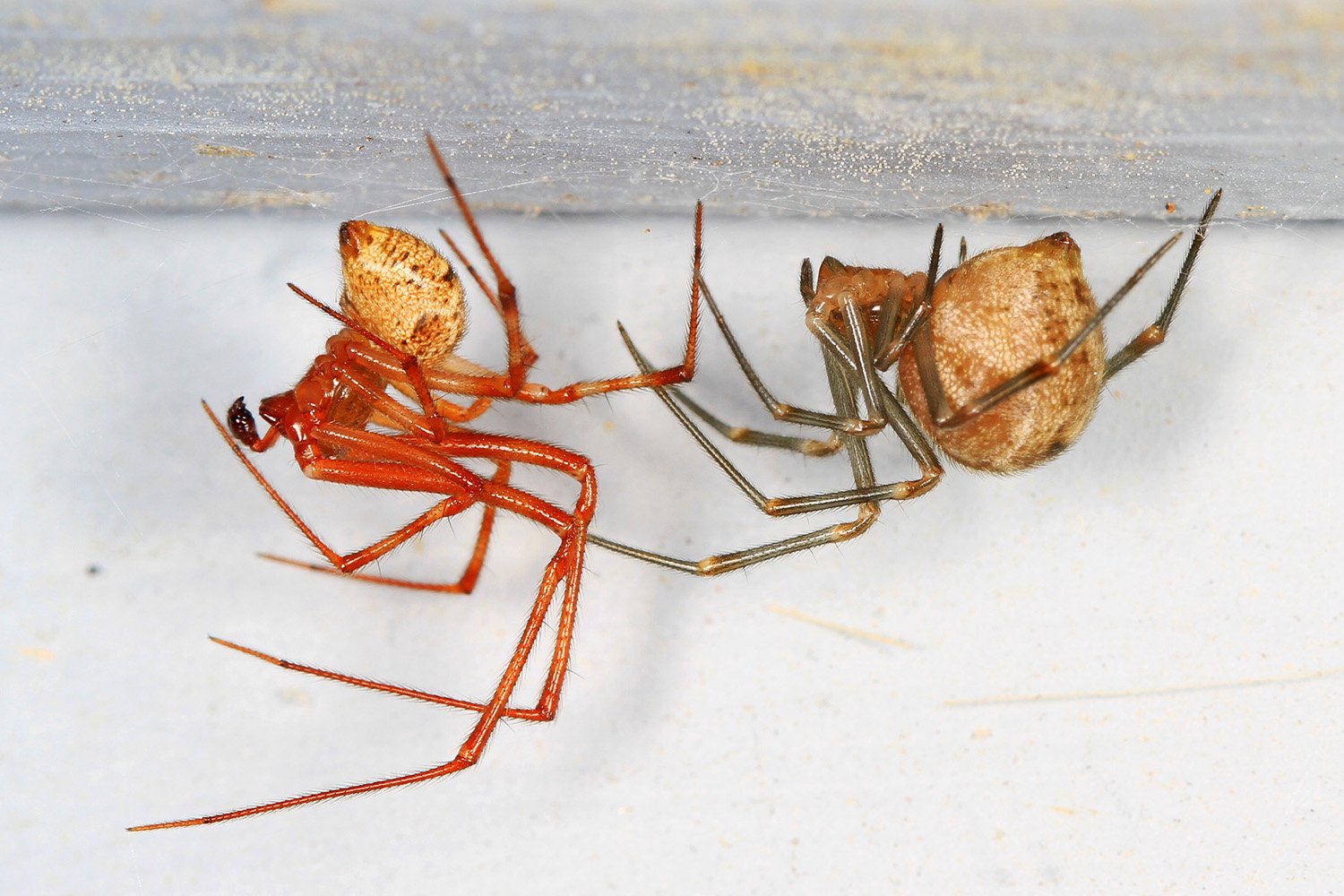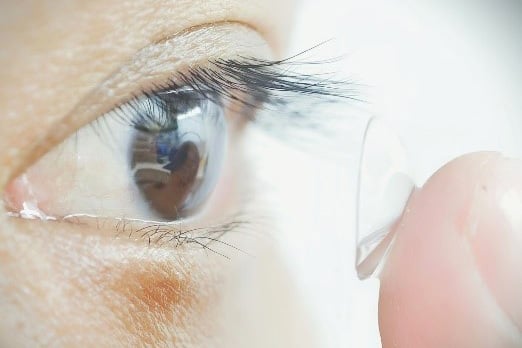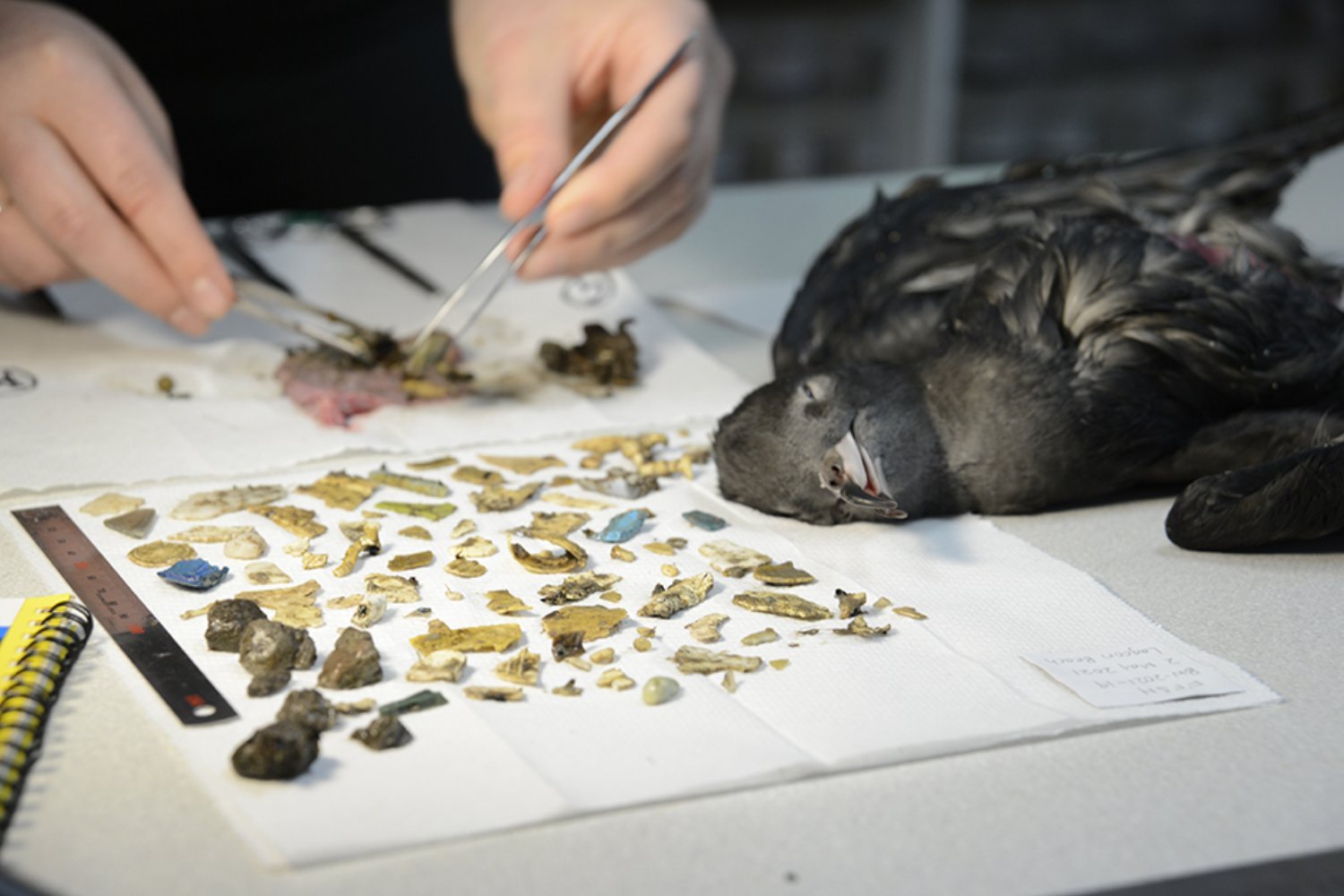Pruney fingers, a familiar sensation after a soak in the bath or pool, have long been a mystery. While we all experience it, the scientific explanation remained elusive until recently. In 2023, biomedical engineer Guy German and his team at Binghamton University uncovered the mechanism: prolonged water exposure causes blood vessels in our fingers and toes to constrict, leading to the characteristic wrinkling. A curious student’s question then sparked a whole new avenue of research: Do these wrinkles form the same way every time?
This intriguing question led German and former graduate researcher Rachel Laytin on a quest to understand the consistency of prune finger patterns. Their research, published in the Journal of the Mechanical Behavior of Biomedical Materials, revealed a surprising answer: yes, the wrinkles on our fingers and toes consistently follow the same pattern.
The study involved photographing participants’ fingers after 30 minutes of water immersion, then repeating the process at least a day later. By comparing the images, they found that the “topography” of the wrinkles remained remarkably consistent across both immersions.
This consistency, German explains, stems from the relatively static positioning of blood vessels in our digits. While they might shift slightly, their overall arrangement remains stable in relation to each other, resulting in predictable wrinkle patterns. This finding was further corroborated by observing individuals with median nerve damage, who, as the study confirmed, do not develop wrinkled fingers after water exposure.
Beyond satisfying scientific curiosity, this research has potential implications for forensic science. Identifying fingerprints from crime scenes or bodies recovered from water can be challenging. German’s personal connection to this issue, stemming from his father’s experience as a U.K. police officer, fueled his interest in the forensic applications of this research. The consistent nature of pruney finger wrinkles could potentially enhance fingerprint identification in such scenarios.
The discovery of consistent wrinkle patterns in pruney fingers offers a new perspective on a familiar phenomenon. From answering a child’s simple question to potentially revolutionizing forensic science, this research highlights the power of curiosity and the interconnectedness of scientific discovery. Perhaps, in the future, “pruney prints” will become a valuable addition to law enforcement’s biometric toolkit.



